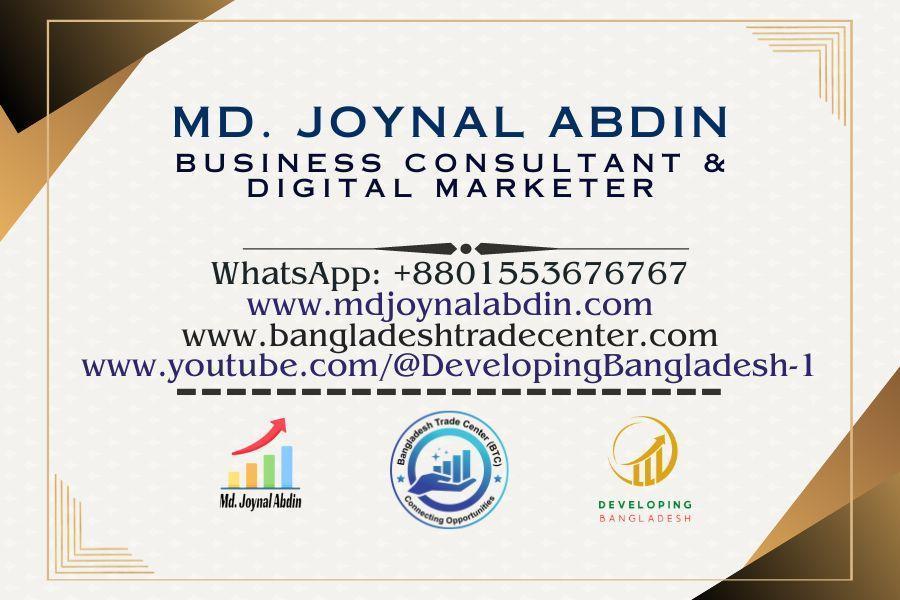Export Market Research and Entry Strategies [P-2]
Export Market Research and Entry Strategies [P-2] Md. Joynal Abdin, BBA (Hons.), MBA Founder & CEO, Trade & Investment Bangladesh Understanding Market Entry Strategies: Selecting the appropriate market entry strategy is a pivotal decision for businesses seeking to expand…
Read More
![Export Market Research and Entry Strategies [P-2]](https://bangladeshtradecenter.com/wp-content/uploads/2023/04/Export-Market-Selection.jpg)






![Business Consultants in Strategic Planning for Small Businesses [Part-2]](https://bangladeshtradecenter.com/wp-content/uploads/2023/07/Business-Consultant-Digital-Marketer.jpg)



 by
by